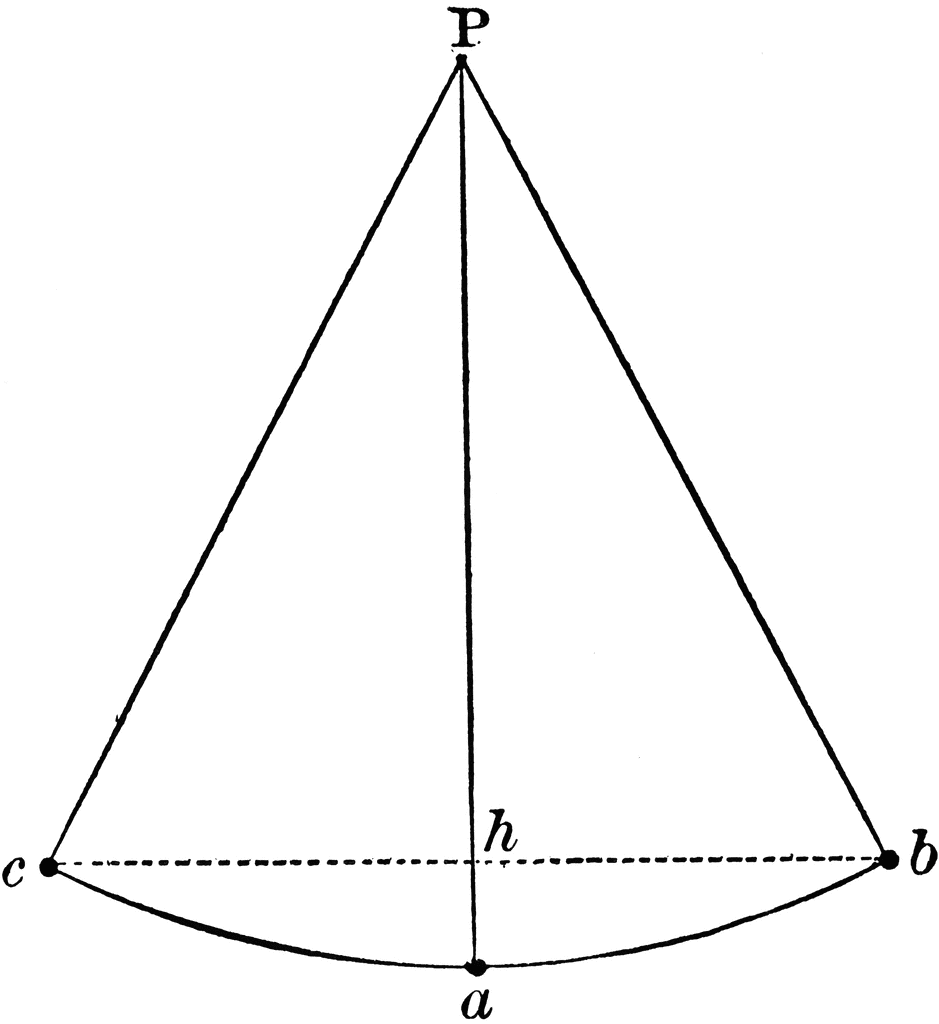Question #db2b4
1 Answer
The underlying principle of conservation of energy is explained here
For sake of completeness I am reproducing extracts from that answer.
See the pendulum setup as shown in the figure below, same as given fig

A ball is tied securely to a string and hung from pivot
During its swings when the ball is at extreme positions
Let the ball swings from extreme position
At location
It overshoots and continues its swing towards
We note that at any point of time during its swing, the sum of instantaneous potential energy and kinetic energy remains constant
This discussion clearly indicates that extreme position of the ball will always be at a height
As one can see that any point lying on the dotted line
Needless to say that option (D) can be ruled out due to shortened length of string with new pivot at point C.
